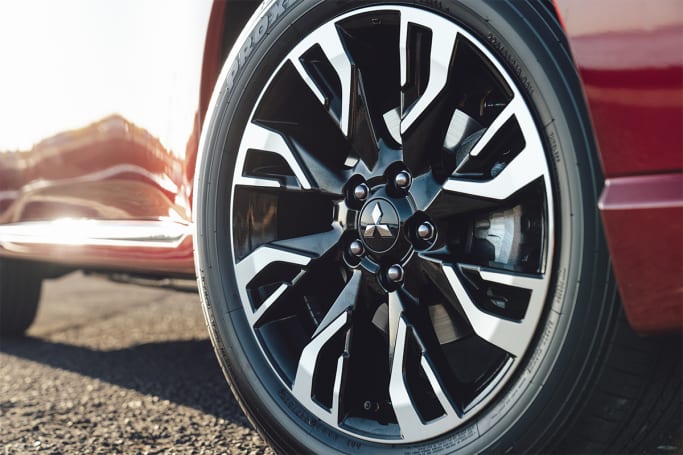The Mitsubishi Outlander now arrives in three, slightly more expensive trim models - the entry-level ES at $47,990 (+$600), the new mid-tier GSR at $52,490, and the most-expensive Exceed at $56,490 (+$100).
Kicking off with the ES, you get 18-inch alloys, privacy glass, a rear spoiler, keyless entry and halogen fog lamps, while inside you'll find push-button start, heated front seats, dual-zone climate control, black cloth trim on the seats and an 8.0-inch touchscreen with Apple CarPlay and Android Auto.
Stepping up to the new GSR model adds a new 18-inch alloy design, a black roof spoiler and roof rails, nicer interior elements, an eight-speaker premium sound system and - crucially - the addition of Bilstein suspension for the very first time.

Finally, the Exceed model adds a sunroof, LED headlights, standard navigation, leather seats and and chrome design elements outside.















